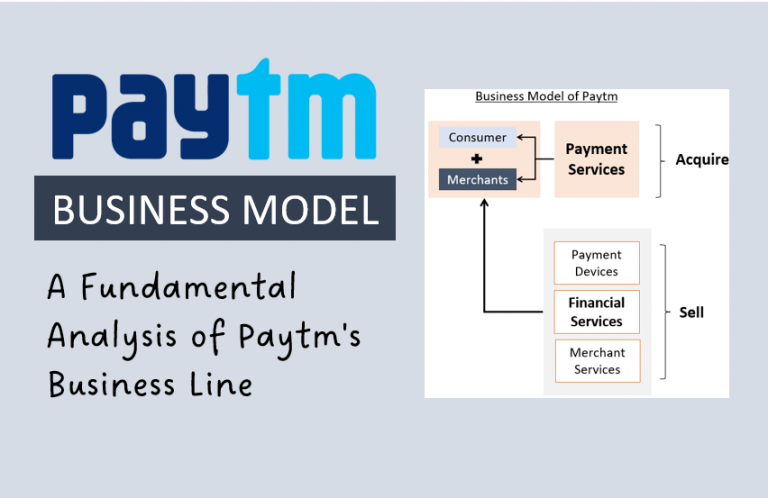The debt-to-equity ratio (D/E ratio) is a critical financial metric that provides insight into a company’s financial leverage and overall risk profile. It compares a company’s total liabilities to its shareholder equity, offering a clear picture of its capital structure. We will explore what the D/E ratio is, why it is important, and how it can be interpreted across different industries and business contexts. Understanding this ratio is essential for investors, lenders, and business owners to make informed decisions about financing and growth strategies.
Listen as a Podcast
What is the Debt-to-Equity Ratio?
The debt-to-equity ratio is a measure of a company’s financial leverage. It compares the total liabilities of a company to its shareholder equity, offering a snapshot of how much debt the company is using to finance its operations relative to its equity. The formula for calculating the D/E ratio is:
Debt-to-Equity Ratio = Total Debt / Total Equity
For example, if a company has INR 1 million in total debt and INR 2 million in total equity, its D/E ratio would be 0.5. This means that for every Rupee of equity, the company has 50 paisa of debt.
Why the Debt-to-Equity Ratio Matters
The D/E ratio is crucial for several reasons:
1. Financial Stability
A lower D/E ratio indicates that a company is less reliant on debt and more reliant on equity to finance its operations. This typically means that the company is more financially stable and less vulnerable to economic downturns and interest rate fluctuations. Companies with lower D/E ratios are generally perceived as having lower financial risk.
2. Investor Confidence
Investors and lenders use the D/E ratio to assess a company’s risk level. A high D/E ratio can be a red flag, indicating potential difficulties in meeting debt obligations. On the other hand, a lower D/E ratio can instill confidence among investors, suggesting that the company is managing its finances prudently and has a stable financial foundation.
3. Industry Standards
The acceptable D/E ratio varies by industry. Capital-intensive industries, such as utilities and telecommunications, often have higher D/E ratios due to significant infrastructure investments. Conversely, technology and service-oriented companies typically have lower D/E ratios because they require less capital to operate.
4. Growth Potential
A higher D/E ratio isn’t always a negative indicator. For fast-growing companies, especially in sectors like technology, using debt to finance rapid expansion can be a strategic move. If the debt is used effectively to generate higher returns, a higher D/E ratio can signify aggressive growth strategies rather than financial distress.
What is a Good Debt-to-Equity Ratio?
Determining a “good” D/E ratio depends on various factors, including the industry and the company’s growth stage. However, some general benchmarks can help:
- Below 1.0: A D/E ratio below 1.0 is usually considered good, indicating that the company has more equity than debt. This implies lower financial risk and greater financial stability.
- Between 1.0 and 2.0: This range is often acceptable for many industries, suggesting a balanced approach to financing with both debt and equity.
- Above 2.0: Ratios above 2.0 can be concerning unless the company operates in an industry where high capital expenditure is normal, or it has strong future growth prospects justifying the higher leverage.
Industry-Specific Standards
- Capital-Intensive Industries: Sectors like utilities, telecommunications, and manufacturing often have higher D/E ratios due to substantial infrastructure costs. Here, a D/E ratio up to 2.5 might be standard.
- Service and Technology Industries: These sectors usually have lower D/E ratios, often below 1.0, since they require less capital to operate. For instance, a tech company with a D/E ratio above 1.5 might raise concerns among investors.
- Cyclical Industries: Industries such as automotive and construction can have fluctuating D/E ratios. During economic booms, they might take on more debt to expand, while during downturns, they reduce debt to stabilize finances.
Practical Applications of the Debt-to-Equity Ratio
Understanding the debt-to-equity ratio is essential for making informed investment and business decisions. Here are some practical applications:
1. Investment Analysis
Investors use the D/E ratio to assess a company’s financial health and risk. Comparing the D/E ratio to industry averages provides insights into how well a company manages its debt. A company with a lower D/E ratio than its industry average might be considered more financially stable and a safer investment.
2. Business Strategy
Business owners can use the D/E ratio to make strategic decisions about financing. Balancing debt and equity can help optimize growth while managing financial risk. Companies might adjust their D/E ratio to align with their strategic goals and risk tolerance.
3. Lender Decisions
Banks and other lenders consider the D/E ratio when evaluating loan applications. A lower ratio can increase the likelihood of securing favorable loan terms. Lenders view a low D/E ratio as an indicator that the company is less likely to default on its loans.
Conclusion
The debt-to-equity ratio is a powerful tool for understanding a company’s financial leverage and risk. While a lower D/E ratio generally indicates financial stability, the “ideal” ratio varies by industry and the company’s specific circumstances. By analyzing the D/E ratio within the appropriate context, investors, business owners, and lenders can make more informed decisions.
Understanding the nuances of the debt-to-equity ratio helps stakeholders navigate the complex landscape of corporate finance, ensuring that businesses can grow sustainably and investors can make sound financial choices.
Suggested Reading:






